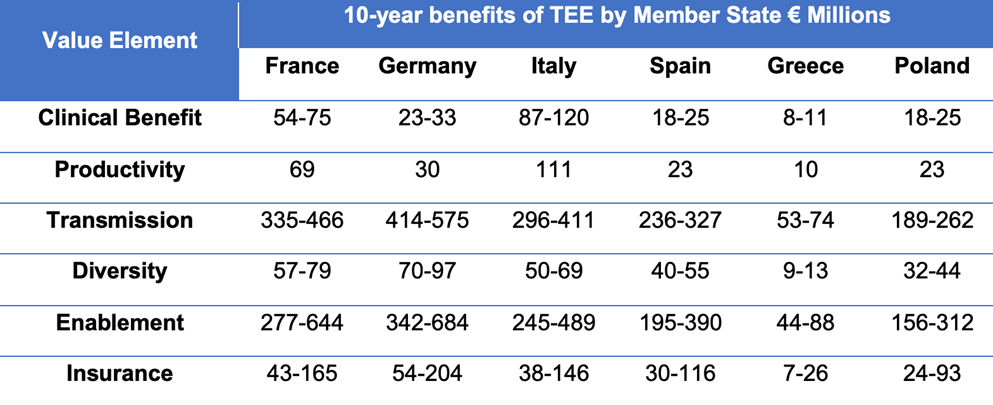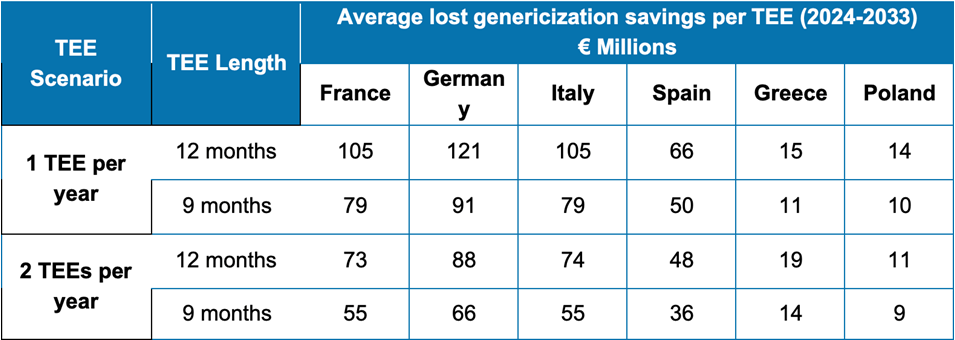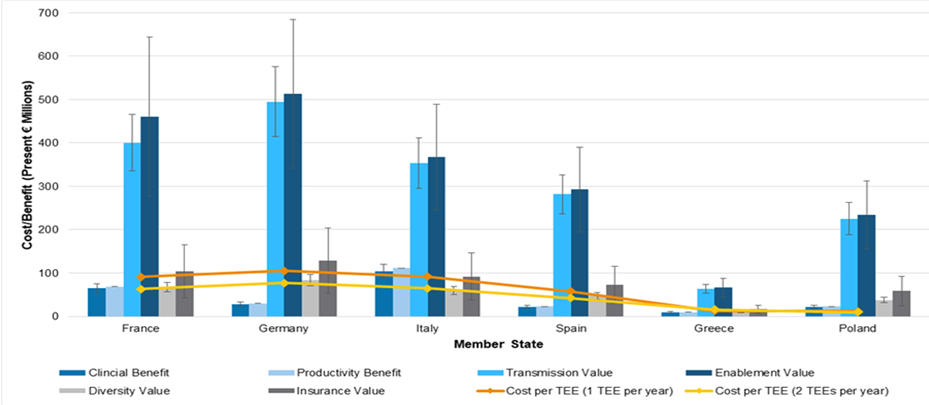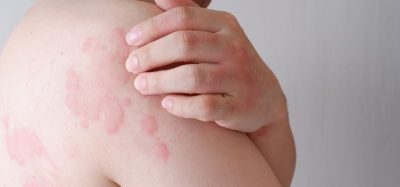Is TEE the key for novel antibiotics?
Posted: 28 September 2022 | Hannah Balfour (European Pharmaceutical Review) | No comments yet
Research suggests a Transferable Exclusivity Extension (TEE) system is “the only existing option capable of incentivising antibiotic R&D in a sustainable manner” for Europe.


According to a new report, implementing a Transferable Exclusivity Extension (TEE) system could solve the “broken economic model” for researching and developing new antibiotics in Europe.
As the threat of antimicrobial resistance (AMR), sometimes called the hidden or silent pandemic, grows, new and novel antibiotics are needed to combat infections becoming more resistant to current treatments.
Research published by Charles River Associates for The European Federation of Pharmaceutical Industries and Associations (EFPIA) suggests adopting a TEE proposal is the most credible and workable solution for driving antibiotic research in Europe. The authors suggest under such a system, two new antibiotics a year could be brought to patients over the next decade, preventing some of the 400,000 deaths associated with AMR every year in the EU.
TEE works by providing the developer of an eligible, novel antibiotic a voucher that can be used to extend the exclusivity of one of its own medicines for a period of time, or sold to another company, thereby paying for successful antibiotic research.
A cost/benefit analysis suggests that not only would it be of clinical benefit – providing a long-term, sustainable solution to revitalise the antibiotic pipeline – but would save individual countries hundreds of millions of Euros. Other benefits cited by the report include:
- Enabling patients with treating life-threatening infections like sepsis and complex infections including severe urinary tract infections (UTIs) to be treated
- Supporting and enabling surgical interventions
- Reducing transmission of infections
- Productivity gains from enabling patients to get back to work.
The report models TEE use in six countries, each chosen to give an accurate reflection of the different medicines markets across the EU27, with France, Italy, Spain and Germany as the larger economies (the EU4) and Poland and Greece as smaller economies.


Table 1: The cost savings generated for a new antibiotic incentivised by the TEE over the next decade for each of the six countries. [Credit: EFPIA/CRA].
Concerns have been raised that TEE could lead to increased costs from lost genericisation of other medicines. However, the report highlights the significant difference between the cost-savings delivered by TEE (Table 1) and cost to healthcare systems of extending the exclusivity of another product using the voucher (Table 2).


Table 2: The cost to healthcare systems of extending the exclusivity of another product using the voucher for each of the six countries. [Credit: EFPIA/CRA].
Even if research looks at only some of the benefits delivered by an antibiotic – and most deliver a range – the research suggests overall that the costs incurred are outweighed by the net benefits (Figure 1).


Figure 1: Overall cost/benefit analysis taking into account all variables highlighted in Tables 1 and 2. [Credit: EFPIA/CRA].
EFPIA stated that it recognises that there is no one size fits all solution for global incentivisation of R&D for antibiotics, but the research suggests that not only is TEE is the most viable option for the EU, it would also deliver significant net benefits to all Member States.
Moreover, the authors commented that the costed, evidence-based proposal is the only existing option capable of incentivising R&D in a sustainable manner and within current EU frameworks. It facilitates participation from companies of any size and importantly it supports pro-stewardship, delinking payment from volume of use.
Antibiotics are the foundation of medical and surgical interventions. Authors say the cost-savings and benefits of TEE incentivising new antibiotics justify its use across other therapy areas.
Commenting on the report, EFPIA Director General, Nathalie Moll, said: “Finding a solution to the increasing danger of antibiotic resistance should be a priority for us all, and ensuring companies invest in R&D in this area is critical to achieving success.
Numerous ideas to stimulate new research have been proposed across the public and private sectors, and this research leaves little doubt that TEE is the best solution for Europe. Not only can TEE deliver new antibiotics it will bring significant economic benefits to each Member State.
The European Commission has committed to action on AMR and we believe TEE will give Europe the tools it needs to protect patients.”
Related topics
Antibiotics, Drug Development, Drug Markets, investment, Pipelines, Research & Development (R&D), Therapeutics
Related organisations
Charles River Associates (CRA), European Federation of Pharmaceutical Industries and Associations (EFPIA)
Related drugs
Related people
Related diseases & conditions
Antibiotic resistance, bacterial infections, complicated urinary tract infection (cUTI), Sepsis









